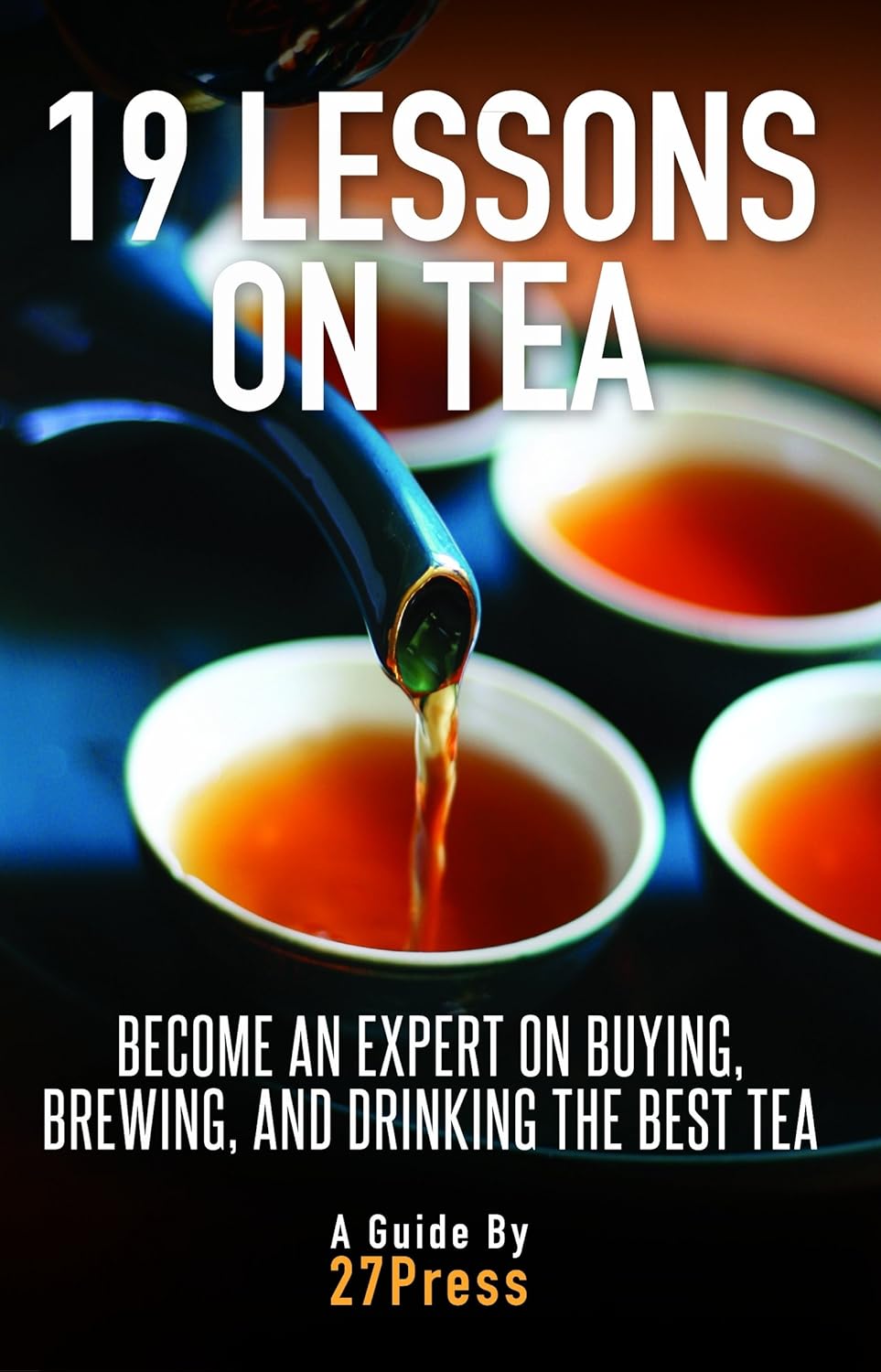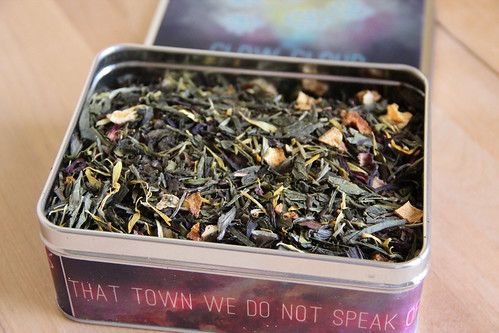If you’re like me, the first tea website you started browsing had all these different varieties of tea and you were quickly overwhelmed for choice. I thought I’d take a moment to share a bit of knowledge about tea. What the heck is tea anyway?
I started my education with a popular Kindle download called 19 Lessons on Tea: Become an Expert on Buying, Drinking and Brewing the Best Tea. While I wouldn’t call this the definitive source on tea (and trust me, I’ll be doing more reading as we go along) it was a nice, quick read that gave me a basic education.

I also subscribed to The Republic of Tea – Tea 101 which came in a series of 6 emails.

Again, this is by no means a definitive guide, but it provides a little bit of basic information if you’re lost like I was. The downside of both publications is that they are created by people intending to sell something or direct traffic to their site. However, if taken with a grain of salt, I found the information useful. All of the information I’ve shared below has been taken from these two sources, and I hope to supplement it later on with more!
Virtually all tea comes from the Camellia sinensis plant. Raw tea leaves and buds are harvested from the plants and then processed. They are processed through a variety of methods that include crushing, bruising or breaking the leaves. As the leaves are crushed, bruised or broken enzymes in the leaves come in contact with air and oxidize. This process is called oxidation. How much oxidation the leaves undergo determines what type of tea is produced.

Teas usually fall into six broad categories:
* White – White teas are not oxidized at all, and are white because they include fresh buds rather than leaves from the plant. White teas are delicate and should not be brewed with overly hot water, and should only be steeped for a short period of time.

* Green – Green teas are only slightly oxidized, resulting in green leaves. Most green tea comes from either Japan or China. Green teas should also not be brewed with boiling water and should be steeped less than 3 minutes.

* Yellow – Yellow teas are only slightly more oxidized than green teas, and are allowed to turn yellow for flavor. Yellow teas are only grown in China and only a small portion are exported, meaning they are fairly uncommon. Yellow teas should be prepared like white teas.
* Oolong – Oolong teas are partially oxidized, resulting in darker green leaves. Oolong teas should be prepared with water that is closer to boiling temperature and steeped for slightly longer.

* Pu-erh – Pu-erh teas are processed like green teas, however they are allowed to undergo a fermentation process which results in a dark reddish leaf. Pu-erh teas should be prepared with boiling water and steeped 3-5 minutes.

* Black – Black tea leaves are fully oxidized, resulting in black color. Black teas are grown in both China and India. They should be prepared with water that is close to boiling and steeped for 3-5 minutes. There are many varieties of black tea including Orange Pekoe, Ceylon, Darjeeling and Assam to name a few.

However there are a few other varieties of tea:
* Scented – Scented teas are made by blending one the above teas with flowers, herbs or sliced fruit or peels. This category includes teas like Breakfast Teas, Earl Grey, Chai, and Jasmine.

* Herbal – Herbal teas do not actually contain any of the tea plant (Camellia sinensis), but rather include a variety of other leaves and flowers that are processed and brewed or steeped similarly to tea.
* Rooibos – Rooibos is actually an herbal tea, but it has become popular enough that it is often placed in its own category. Rooibos derives its name from the South African plant from which it is harvested.

I hope that introduction will at least help you understand what you’re looking at when you’re looking for tea. I’m sure I’ll write more about the specific varieties in the future. For now I recommend trying a bit of each variety to determine which ones appeal to you.

There’s a great episode of Alton Brown’s Good Eats all about tea, you should check it out! 🙂 It’s got great info. 😀
Hah. I just told you on Facebook that someone else told me about this, but it was YOU! I need to find it.